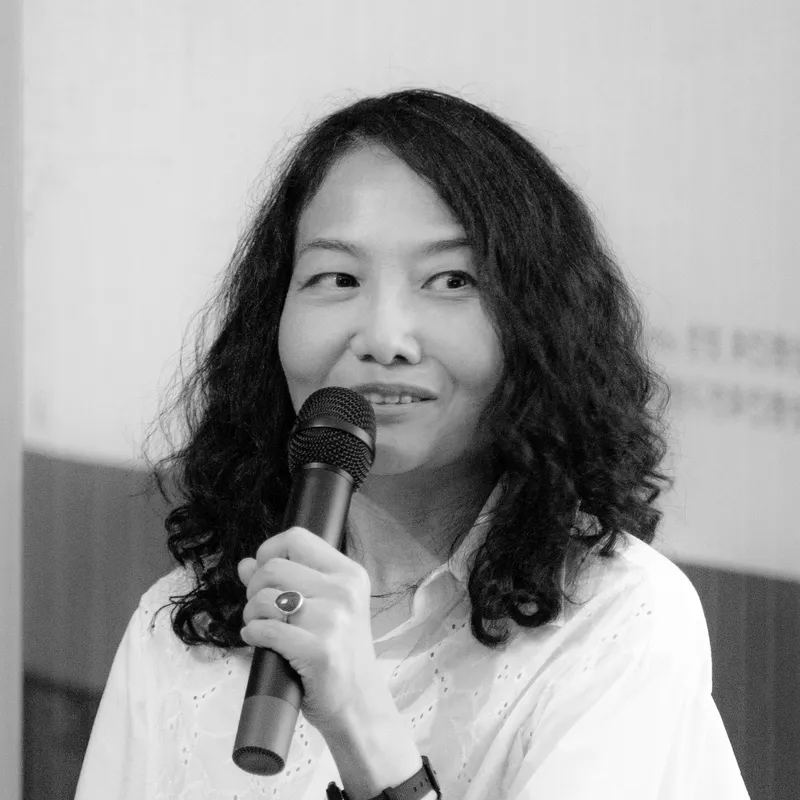
폐허는 ‘스러짐의 과정’에 기초합니다. 하지만 우리는 건축·사진·이미지 같은 고정된 흔적을 통해서만 그 과정을 상상할 수밖에 없다는 아이러니를 마주하게 됩니다.
폐허는 과거의 사회·정치적 변화나 재난을 상상하게 만들며, 때로는 실제 건물이 아닌 판타지 폐허를 통해 감각적인 추정을 유발하기도 합니다. 언어적 추정보다는 감각적 추정으로 기억과 보존의 방식을 드러냅니다.
건축을 폐허의 관점에서 본다는 것은 곧 부패하는 물질의 관점에서 본다는 뜻입니다. 보존이란 결국 ‘물질적 부패를 어떻게 조절할 것인가’의 문제일 수 있습니다.
디지털 기반 건축은 구조보다 외피 중심으로 만들어집니다. 그렇다면 기능을 다한 뒤의
디지털 건축의 ‘잔해’는 무엇일까? 이는 우리 시대의 물질성을 이해할 새로운 단서이자, 잠재적인 디지털 폐기물이라는 질문을 던집니다.
Ruins are based on a ‘process of decay.’ Yet, we face the irony that we can only imagine this process through fixed traces such as architecture, photographs, and images.
Ruins evoke reflections on past social and political changes or disasters, and sometimes they provoke sensory imagination through fantasy ruins rather than actual buildings. They reveal ways of memory and preservation through sensory speculation rather than linguistic inference.
Viewing architecture from the perspective of ruins means seeing it through the lens of decaying materials. Ultimately, preservation may be about how to manage material deterioration.
Digital-based architecture is created with a focus on the facade rather than the structure. So, what are the ‘remains’ of digital architecture once its function is fulfilled? This raises new questions—serving as clues to understanding the materiality of our era and as potential digital waste.